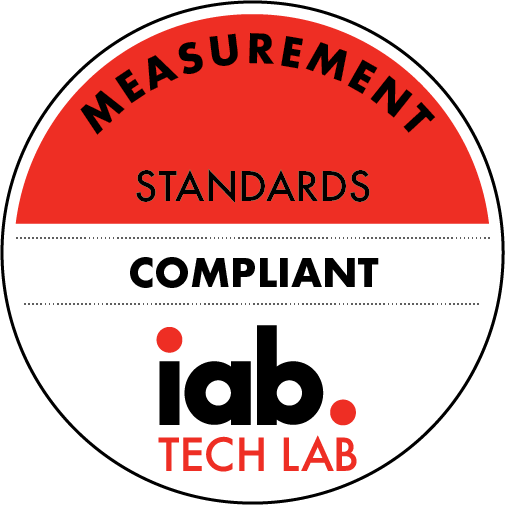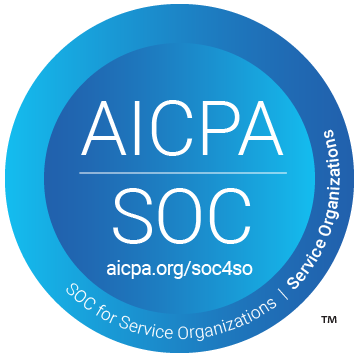074. Can nonprofit program evaluation truly be made easy? Chari Smith
Description
Summary
Quite a few smaller size social sector organizations assume that program evaluation is too complex or demanding an undertaking for them. Is that the case, though?
If we want to introduce program evaluation to staff, leadership, and boards who have not yet been inducted into the importance of program evaluation: what are the most effective questions to generate genuine interest in and motivation to engage in such program evaluation?
How can we build a more evaluation-friendly culture all around?
Chari Smith, President and Founder of the consulting company Evaluation into Action has written a book that gives clear answers to these questions: Nonprofit Program Evaluation Made Simple (2021). She explains her core argument in this podcast episode.
Chari's Bio:
Program Evaluation enthusiast: Author, Speaker, Consultant, and TrainerPresident/Founder of Evaluation into Action, a consulting companyProgram Evaluation Associate at Northwest Regional Educational Laboratory
We discuss:
Chari’s book is meant for small to midsize nonprofits who have not yet taken up program evaluation, to make it achievable to them. The book is also meant for entry-stage evaluatorsChari values Beth Kanter's and Aliza Sherman’s definition of organizational culture – “Organizational culture is a complex tapestry made up of attitudes, values, behaviors, and artifacts of the people who work for your nonprofit.”If you apply a collaborative, inclusive, participatory, and non-siloed approach to introducing program evaluation, your chances of increasing buy-in grow considerablyOnly collect data that you will actually analyze and synthesize into actionable data and that is likely to influence decision-makingA program evaluation-friendly culture cannot be ‘mandated’, on the one handOn the other hand, the role of culture ambassadors – people who already are in favor of program evaluation – is important in instilling an evaluation-friendly cultureWhat's also important is the role of organizational ‘heroes’, and the use of stories, images, and narratives, while organizational artifacts (tangible objects that can be seen around the organization) can be used to signal a desired culture.
Quote:
“By gathering data, nonprofits can pivot from a reactive stance to a proactive one, by acting on the data gathered”
Resources:
Chari’s LinkedIn ProfileWebsite of ‘Evaluation into Action’Book ‘Nonprofit Program Evaluation Made Simple’
More Episodes
SummaryWhat are the key principles of African leadership that nonprofit leaders globally could benefit from adopting?How does the African concept of Ubuntu translate into practical leadership strategies for nonprofit organizations?How does African leadership balance individual and collective...
Published 11/14/24
Published 11/14/24
SummaryIs it that people resist change? That they fear change? Or rather that people fear loss?As a change management consultant, what is the most difficult or frustrating while supporting clients with change management efforts?What is one word most alive right now in the world of change...
Published 10/09/24


